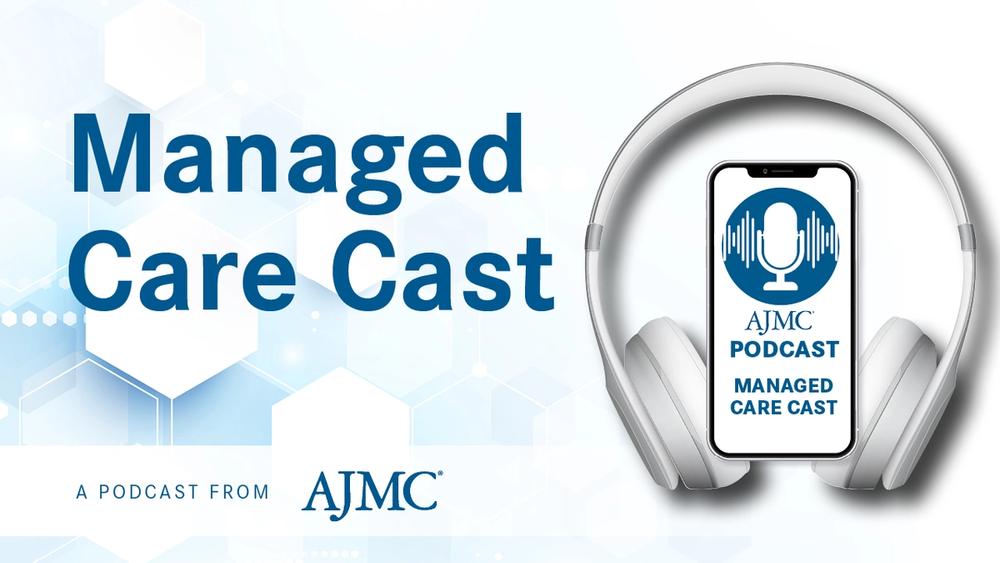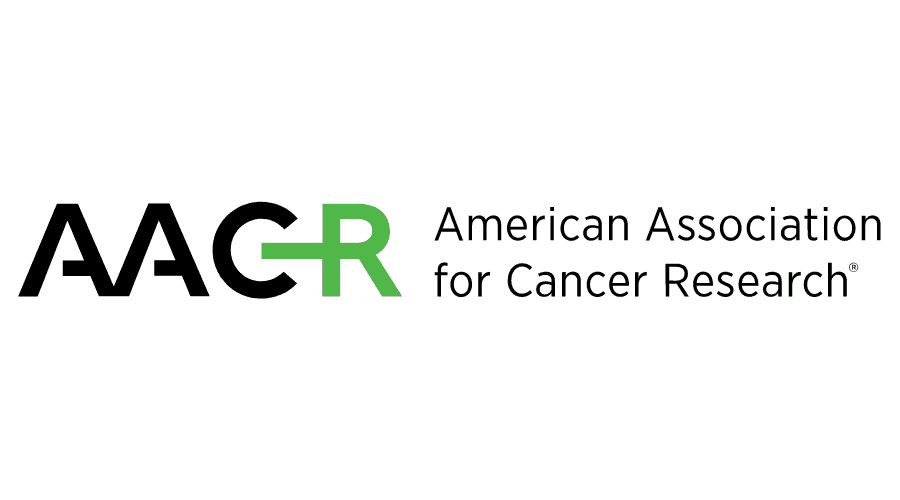Commentary
Video
The Role of AI in Delivering Personalized Nutrition for Patients With Cancer: Julia Logan, BS
Author(s):
Artificial intelligence (AI) has the potential to deliver personalized nutrition; however, there is a need for professional oversight, emphasized Julia Logan, BS.
In part 2 of an interview conducted at the American Association for Cancer Research Annual Meeting 2025, Julia Logan, BS, an MD candidate at Sidney Miller Medical College, delves deeper into the findings of her study, "Bridging Gaps in Cancer Care: Utilizing Large Language Models for Accessible Dietary Recommendations," by comparing the performances of ChatGPT and Gemini.
Looking ahead, she reflects on the potential of large language models in delivering personalized nutritional guidance and highlights areas for further research.
Watch part 1 to learn more about the study's background and key findings.
This transcript has been lightly edited; captions were auto-generated.
Transcript
Between ChatGPT and Gemini, which model performed better and why? Was there a particular prompt that produced especially useful or accurate results?
Between ChatGPT and Gemini, we observed that Gemini generally performed a little better. In terms of adherence to specific dietary guidelines, it adheres slightly better, but not super significantly.
The place where it really stood out was in terms of our qualitative analysis. Looking at one of our prompts, we had said that the patient only has $10 a day for all their meals, all their snacks, and we asked for a grocery list and a meal plan. Something interesting that Gemini did was that it was enthusiastic.
It said, "We can definitely get you a good, healthy meal plan with this limited budget," whereas ChatGPT said, "This is going to be tricky," and "You should consider food banks for supplemental food sources." I thought that was an interesting finding.
Looking ahead, how do you envision providers using large language models to deliver personalized nutrition guidance across the cancer care landscape?
I definitely don't envision them as replacing dietitians, but I think large language models being integrated into clinical workflows as a supplementary tool to assist providers in delivering timely and personalized nutritional guidance is what they would be best at.
It can be an inexpensive solution for patients who would otherwise lack any dietary support, thereby expanding access to nutritional care, especially where there might be limited resources.
It is important to note that you can't really replace a dietitian. They take into account a lot more nuances than these large language models can, so it's really important that, if these are integrated, they're integrated responsibly, ensuring that all the information that's provided is accurate, safe, and always under the oversight of a qualified health care professional.
Based on your findings, are there any unanswered questions or areas for future research you're particularly interested in exploring next?
Based on our findings, we definitely have a couple of unanswered questions and areas that we want to explore. One key area is refining the prompt engineering techniques to get more accurate and personalized advice from the large language models.
We're looking into ways we can data train with these large language models, with the hope of eliminating any potential errors they might be making or hallucinations, which is basically when they just make up things.
Another area we want to explore is patient attitudes, as well, towards using artificial intelligence, especially because we are looking a lot at the breast cancer population. It's a lot of older-generation patients who might be a little bit more resistant to using artificial intelligence in their care. We do hope to explore these attitudes and whether it [using AI] would be feasible in this patient population.




